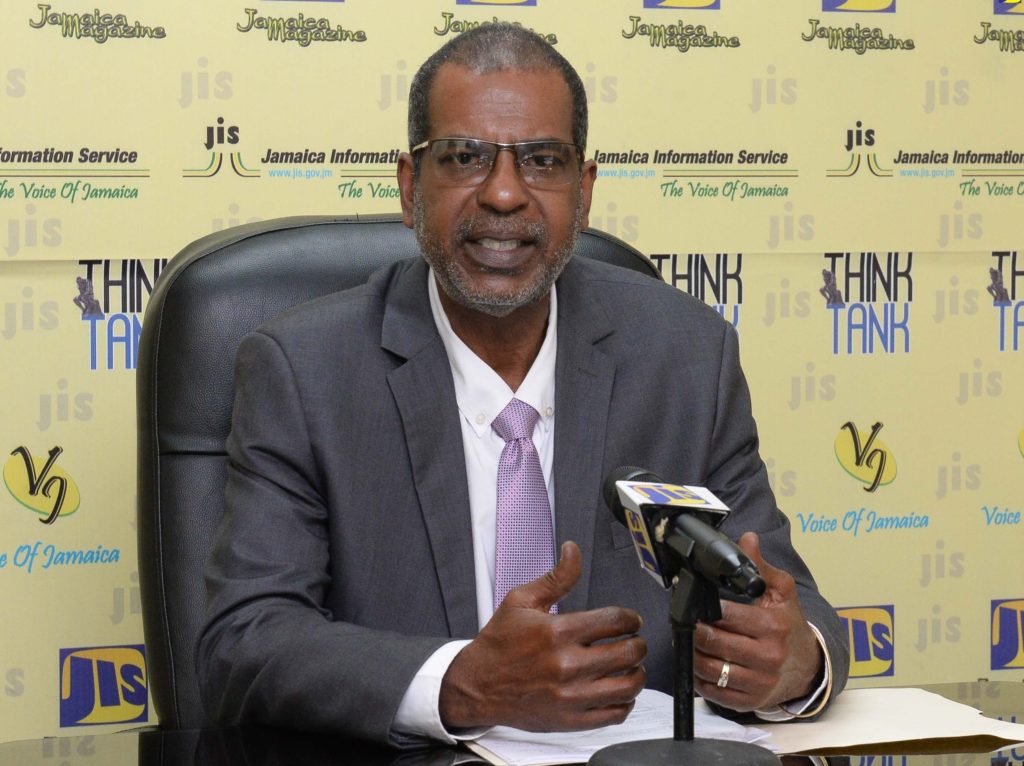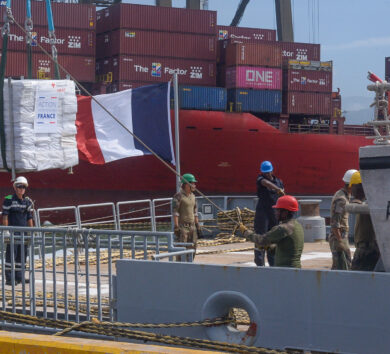

As part of efforts to boost local fish production and to relieve the stress on reef fish, the Government, through its National Fisheries Authority (NFA), is encouraging greater take-up of tilapia farming.
Tilapia is a popular fish for aquaculture as it is very versatile and is tolerant of a variety of aquaculture environments. It can be farmed in saltwater and in pond or cage systems.
In Jamaica, tilapia is mainly raised in ponds with most of the production concentrated along the southern end of the island, particularly in the parishes of Clarendon and St Catherine, where the soil type and water are suitable.
Minor fish farming activity occurs in other parishes such as St Elizabeth and Westmoreland in the south, and St Mary and Portland in the northeast, as well as Trelawny in the north.
The Jamaica Promotions Corporation (JAMPRO), in its April 2014 market profile of tilapia, disclosed that Jamaica was once a major producer of tilapia in the 1980s and 90s, at which time there were about 50 farms with sizes ranging from two to 2,000 acres of ponds.
Currently, there are about 1,500 acres being used for the farming of tilapia.
Dr Gavin Bellamy, chief executive officer at the NFA, wants to see more tilapia farms across the island, noting that improving tilapia production “will allow us to improve the blue protein, which is protein from fisheries stock.”
Such a move, he promised. will minimise and reduce the stress on Jamaica’s reef fish. In addition to increased tilapia production, the National Fisheries Authority has a project to train fisherfolk to do pelagic or deep-sea fishing.
The NFA boss pointed to the use of fish aggregation device (FAD), which are floating objects that are designed and strategically placed to attract pelagic fish. Many pelagic species associate with natural FADs in the open ocean, such as logs, seaweed, and coconuts. There are also man-made FADs such as buoys or floats.
Addressing some of the challenges
Bellamy, speaking a recent JIS Think Tank, indicated that the Ministry of Agriculture and Fisheries, through the authority, is working to address some of the challenges being faced by fish farmers.
“These [include] the availability of high-quality fish feed, reasonably priced water and improving the broodstock. This is the seed stock that farmers will use to populate their farms,” he noted.

With the restructuring of the operations at the NFA, improvement in the management of the fisheries sector is anticipated.
According to Dr Bellamy, “We want to see our fisherfolk and fish farmers improve in their economic standing. [With the addition of new units and divisions] these will better allow the NFA to carry out its executive and administrative functions while enabling our technical staff to do the important work in managing our fisheries as a sustainable industry for the future of this country.






Comments